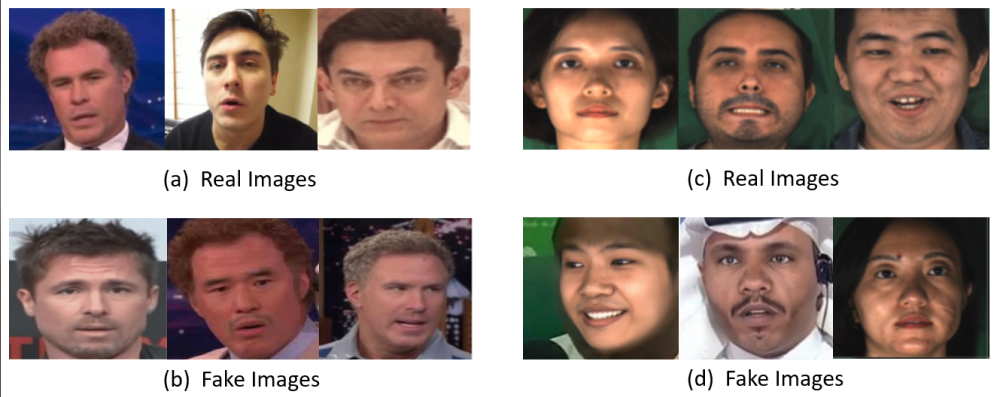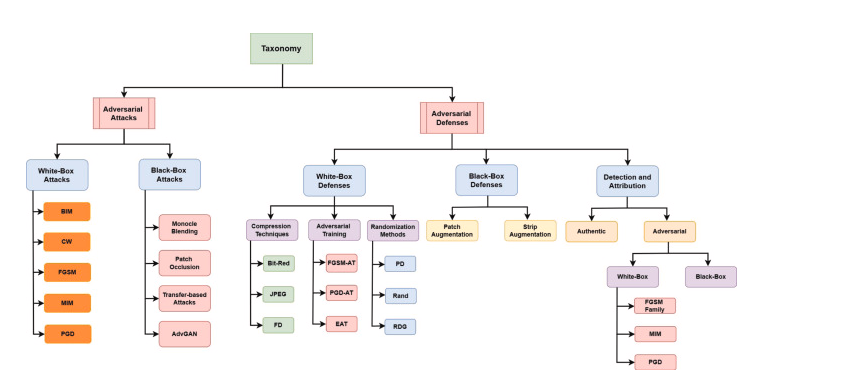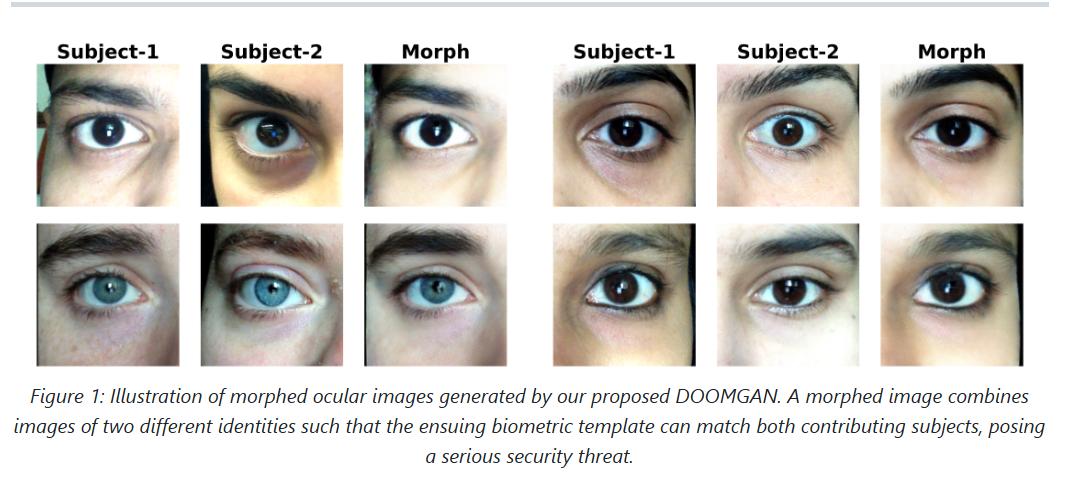
GBDF is a publicly available gender-balanced annotated deepfake dataset created from FaceForensics++ (FF++), Celeb-DF, and Deeper Forensics-1.0 consisting of 10,000 live and fake videos generated using different identity and expression swapping deepfake generation techniques. The dataset consist of 10,000 videos with 5000 each for males and females with 1:4 real to fake ratio.(GBDF)
Github: Please follow the link to access the dataset Dataset link

Aakash Varma Nadimpalli and Ajita Rattani, "GBDF: Gender Balanced DeepFake Dataset Towards Fair DeepFake Detection", ICPR Workshop on MultiMedia FORensics in the WILD, International Conference on Pattern Recognition, Montreal, Québec, pp. 320-337, 2022.
@article{varma2022gbdf,title={GBDF: Gender Balanced DeepFake Dataset Towards FairDeepFake Detection}, author={Varma Nadimpalli, Aakash and Rattani, Ajita},journal={arXiv e-prints},pages={arXiv--2207},year={2022}}
**Please contact the authors to request the dataset: axnadimpalli[at]shockers.wichita.edu or ajita.rattani[at]wichita.edu
ABRobOcular is a collection of adversarially attacked ocular images, released as part of the research paper "ABRobOcular: Adversarial benchmarking and robustness analysis of datasets and tools for ocular-based user recognition". It is designed to facilitate research into the security and robustness of ocular biometric systems(ABRobOcular)
Hugging Face: Please follow the link to access the dataset Dataset link

Bharath Krishnamurthy and Ajita Rattani, "ABRobOcular: Adversarial benchmarking and robustness analysis of datasets and tools for ocular-based user recognition", Neurocomputing, 2025.
@article {krishnamurthy2025abrobocular, title={ABRobOcular: Adversarial benchmarking and robustness analysis of datasets and tools for ocular-based user recognition}, author={Krishnamurthy, Bharath and Rattani, Ajita}, journal={Neurocomputing}, pages={130352}, year={2025}, publisher={Elsevier} }
**Please contact the authors to request the dataset: BharathKrishnamurthy@my.unt.edu or ajita.rattani@unt.edu
DOOMGAN consists of 10,000 high-fidelity morphed ocular images generated by the DOOMGAN model. These images are intended to facilitate research and development of Morph Attack Detection (MAD) systems for visible-spectrum ocular biometrics.(DOOMGAN)
Hugging Face: Please follow the link to access the dataset Dataset link

Bharath Krishnamurthy and Ajita Rattani, "DOOMGAN: High-Fidelity Dynamic Identity Obfuscation Ocular Generative Morphing", IEEE International Joint Conference on Biometrics, 2025.
@article{krishnamurthy2025doomgan, title={DOOMGAN: High-Fidelity Dynamic Identity Obfuscation Ocular Generative Morphing}, author={Krishnamurthy, Bharath and Rattani, Ajita}, journal={arXiv preprint arXiv:2507.17158}, year={2025} }
**Please contact the authors to request the dataset: BharathKrishnamurthy@my.unt.edu or ajita.rattani@unt.edu
Code for "WaveVerify: A Novel Audio Watermarking Framework for Media Authentication and Combatting Deepfakes" is available at (GitHub).
Code for "DOOMGAN: High-Fidelity Dynamic Identity Obfuscation Ocular Generative Morphing" is available at (GitHub).
Ocular-based user recognition project page is (Here) and the code for all the publications for ocular-based user recognition are available at (GitHub).